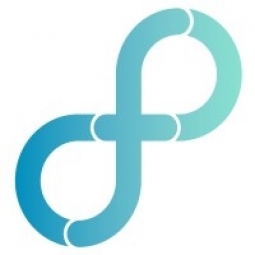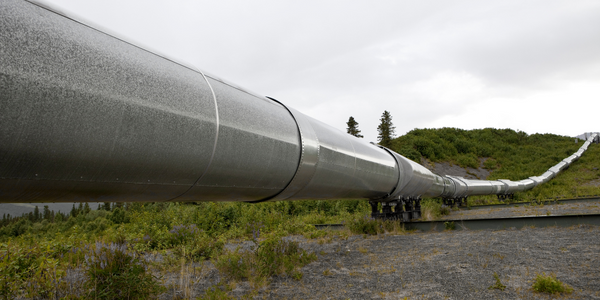Technology Category
- Infrastructure as a Service (IaaS) - Cloud Computing
- Platform as a Service (PaaS) - Application Development Platforms
Applicable Industries
- Cement
- Oil & Gas
Services
- Cloud Planning, Design & Implementation Services
About The Customer
Nutanix is a global leader in cloud software and a pioneer in hyperconverged infrastructure solutions. The company's software is used by organizations worldwide to manage any app at any location at any scale for their private, hybrid, and multi-cloud environments. Nutanix employs more than 6,000 people and serves over 18,000 customers. The company was recently named one of the 100 Best Companies to Work For in 2020 by Great Place to Work® and Fortune. Nutanix is known for its innovative approach to technology and its commitment to creating a great place to work for its employees.
The Challenge
Nutanix, a global leader in cloud software and hyperconverged infrastructure solutions, faced significant challenges in hiring talent with highly specific capabilities. The company was particularly interested in attracting passive candidates, who are already employed and have plenty of options, making them less responsive to recruiters. Nutanix had tried using LinkedIn for recruitment, but the results were mixed. The company was looking for a more effective way to reach out to these passive candidates and to rediscover talent already in their applicant tracking system. The challenge was to find a solution that could help Nutanix tailor its outreach to these hard-to-reach prospects and improve the effectiveness of its recruitment process.
The Solution
Nutanix turned to artificial intelligence (AI) to address its recruitment challenges. The company implemented Eightfold, an AI-driven talent acquisition platform. The platform was customized to meet Nutanix's specific needs, providing an alternative to cold emails to prospects who didn't respond. The AI platform works by matching candidates in Nutanix's 'Talent Network' to open roles based on their skills and past experience. This Talent Network includes past applicants, past employees, employee referrals, and newly sourced or 'passive' applicants. The AI platform also 'rediscovered' past applicants who had been high in consideration for other roles but had gone undiscovered. Nutanix also used AI for its career site, allowing candidates to upload their resumes and see how well they match to open jobs. This made it easier for candidates to indicate their interest in specific positions.
Operational Impact
Quantitative Benefit

Case Study missing?
Start adding your own!
Register with your work email and create a new case study profile for your business.
Related Case Studies.

Case Study
Taking Oil and Gas Exploration to the Next Level
DownUnder GeoSolutions (DUG) wanted to increase computing performance by 5 to 10 times to improve seismic processing. The solution must build on current architecture software investments without sacrificing existing software and scale computing without scaling IT infrastructure costs.

Case Study
Remote Wellhead Monitoring
Each wellhead was equipped with various sensors and meters that needed to be monitored and controlled from a central HMI, often miles away from the assets in the field. Redundant solar and wind generators were installed at each wellhead to support the electrical needs of the pumpstations, temperature meters, cameras, and cellular modules. In addition to asset management and remote control capabilities, data logging for remote surveillance and alarm notifications was a key demand from the customer. Terra Ferma’s solution needed to be power efficient, reliable, and capable of supporting high-bandwidth data-feeds. They needed a multi-link cellular connection to a central server that sustained reliable and redundant monitoring and control of flow meters, temperature sensors, power supply, and event-logging; including video and image files. This open-standard network needed to interface with the existing SCADA and proprietary network management software.

Case Study
System 800xA at Indian Cement Plants
Chettinad Cement recognized that further efficiencies could be achieved in its cement manufacturing process. It looked to investing in comprehensive operational and control technologies to manage and derive productivity and energy efficiency gains from the assets on Line 2, their second plant in India.

Case Study
Refinery Saves Over $700,000 with Smart Wireless
One of the largest petroleum refineries in the world is equipped to refine various types of crude oil and manufacture various grades of fuel from motor gasoline to Aviation Turbine Fuel. Due to wear and tear, eight hydrogen valves in each refinery were leaking, and each cost $1800 per ton of hydrogen vented. The plant also had leakage on nearly 30 flare control hydrocarbon valves. The refinery wanted a continuous, online monitoring system that could catch leaks early, minimize hydrogen and hydrocarbon production losses, and improve safety for maintenance.









